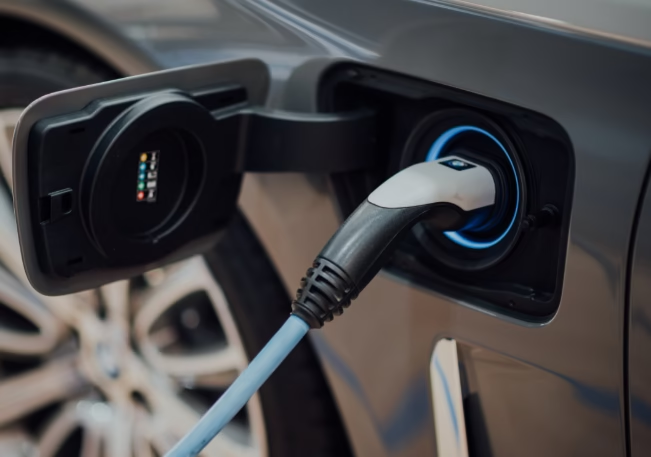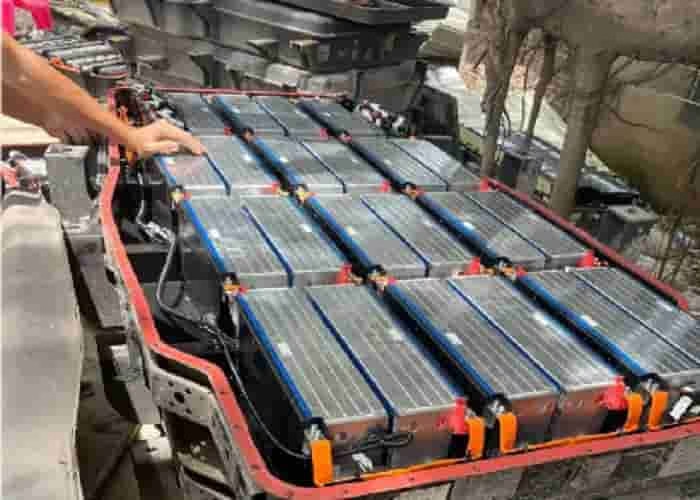As the hot summer approaches, the temperature in various places is rising. Another year of summer heat is coming. This changeable high temperature weather not only makes us sweat when we travel, but also puts the battery of our car under great test. Careful car owners may have found that the battery life seems to change in high temperature environment. This is actually closely related to the battery’s state of charge (SOC). As a key parameter for measuring battery performance, SOC directly affects charging safety and battery life. Today, Xiaoxing will take a look at the summer charging guide for new energy vehicles with everyone: About SOC, these are things you need to know!
1. What is SOC
SOC (State of Charge) is the core parameter of the battery management system, and its value directly reflects the charge state of the battery pack. We can use the liquid level indicator of a water cup to intuitively show the performance of SOC at different stages:
SOC100%-equivalent to a full cup state, indicating that the battery is fully charged
SOC50%-equivalent to a half cup state, indicating that the battery is in a half-charged state
SOC0%-equivalent to an empty cup state, corresponding to a fully discharged battery state
SOC parameters have multiple guiding values for vehicle use:
First, accurately display the remaining power, so that you have an idea of the battery life of your car;
Second, intelligently adjust the charging status to protect the health of the battery;
Third, automatically prevent the risk of overcharging or exhaustion, making the car safer to use.
In short, mastering SOC is mastering the “health code” of your car’s battery.
2. Battery Maintenance
To extend the battery life, we need to pay attention to the following principles and methods in the daily battery maintenance process and summer SOC management: Daily charging golden rule:
(1) It is recommended to use the “small amount and multiple times” charging mode on a daily basis, and the single charge amount is controlled at 80%-90% as the best, so that the battery always works in the optimal efficiency range of 20%-90%, which can not only avoid overcharging pressure, but also prevent the battery from being in a low power state (<20%) for a long time.
(2) It is recommended to arrange a slow charging maintenance for your car once a week, which can not only ensure the accuracy of the battery power display, but also allow the battery management system to complete accurate SOC calibration.
Charging tips on hot days:
(1) Please let your car “cool down” before charging. It is recommended to turn off the engine and let it stand for 10-15 minutes, and wait for the battery temperature to drop to the normal range before starting to charge.
(2) Avoid the high temperature period at noon, choose the “golden charging period” in the morning and evening (06:00-10:00/18:00-23:00), and give priority to charging stations with awnings to provide a “sunshade” for your car.
(3) After a long journey, let the battery “take a breath”. It is recommended to wait for more than 30 minutes until the battery is fully cooled before charging.
Battery system maintenance guide:
(1) Arrange a “battery SPA” for your car every quarter: It is recommended to perform professional battery balancing maintenance every 3 months to keep the battery pack in the best working condition.
(2) Remember to “upgrade the brain” of your car: update the vehicle BMS system software in time to ensure that the battery management system runs at the optimal version.
(3) Regular “physical examinations” are essential: strictly follow the requirements of the maintenance manual and go to the authorized service center for professional inspection.
For older vehicles, regular full charging can avoid power display errors caused by battery degradation and effectively prevent the embarrassing situation of sudden power failure during driving.
Q1: How much practical significance does the last 5% of power have?
A: The main function of the last 5% of power is to calibrate the system, and its actual endurance value is relatively limited. Just like when measuring the capacity of a container, the significance of the last few drops of water is to confirm the precise scale. Star Charging’s SOC limit policy is dynamically adjusted based on the actual situation in various places and user feedback. It will be differentiated for specific models and usage scenarios, and relevant users will be fully informed.
Q2: Can SOC limit really improve safety?
A: According to statistics from the National New Energy Vehicle Big Data Alliance, 80% of electric vehicle fire accidents occurred during the charging process and within one hour of full charging, and most of them occurred in high SOC value states. According to the accident information statistics collected by Star Charging, 70% of the accidents occurred when the SOC was above 90%, and 50% of the accidents occurred when the SOC was above 95%. Limiting SOC can reduce the probability of burning accidents to a certain extent.
Q3: How to view the SOC limit of Star Charging Station?
A: The operation is very simple: open the XingXing Charging APP → enter the payment page → check the “Charging SOC” option to obtain the SOC setting information of the current station in real time.
















Leave a Reply